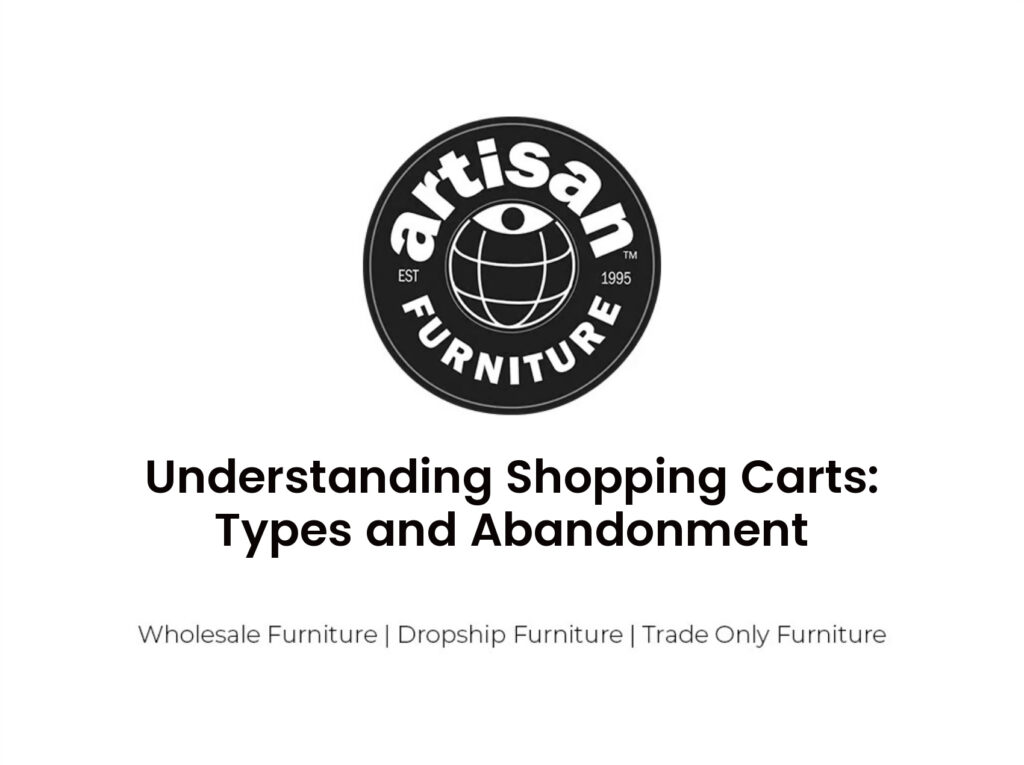Understanding Shopping Carts: Types and Abandonment
In this article, the reader will gain a comprehensive understanding of shopping carts, their types, and the issue of shopping cart abandonment. A shopping cart is a software that records selected items from an online store, allowing buyers to review and modify their choices before purchasing. There are two types of shopping carts: hosted and self-hosted. Hosted carts are off-the-shelf solutions managed by the company, while self-hosted ones are customizable solutions hosted on the buyer’s server. To combat abandonment, online stores should address factors like unexpected costs and complicated checkout processes. Additional resources are provided for further learning.
Table of Contents
ToggleThe Importance of Shopping Cart Functionality
It is essential for online stores to have shopping cart functionality in order to sell products to customers. A shopping cart acts as an online store’s catalog, allowing consumers to review and modify their selected items before making a purchase. It enables customers to add extra items if needed and complete the purchase. There are two types of shopping carts available – hosted shopping carts and self-hosted shopping carts. Hosted shopping carts provide pre-made website templates or purchase buttons for easy store setup, while self-hosted shopping carts are customizable solutions that require downloading and running the software independently. Regardless of the type, shopping cart functionality is crucial for online stores to effectively sell products and provide a seamless shopping experience for customers.
Exploring Different Types of Shopping Carts
Hosted shopping carts are off-the-shelf solutions that allow online stores to easily set up their website and start selling products. These carts are managed by the company that created them and provide pre-made website templates or purchase buttons for quick store setup. With hosted shopping carts, there is no need to download any software or host it on your own server. This type of shopping cart solution is ideal for small businesses or individuals who want a hassle-free way to sell products online. Hosted shopping carts provide convenience, ease of use, and often offer additional features like inventory management and payment processing integration. Overall, hosted shopping carts are a popular choice for those looking to quickly establish an online store presence without the need for extensive technical knowledge.
Understanding the Factors Contributing to Shopping Cart Abandonment
The factors contributing to high rates of shopping cart abandonment include unexpected costs, a complicated checkout process, and security concerns. When customers encounter unexpected costs, such as shipping fees or additional charges, they may decide to abandon their carts rather than proceed with the purchase. A complicated checkout process, with multiple steps or confusing navigation, can also frustrate customers and lead to abandonment. Security concerns, such as the fear of their personal information being compromised, can also deter customers from completing their purchase. To address these issues, online retailers must be transparent about costs, simplify the checkout process, and provide reassurance regarding the security of customer information. By addressing these factors, retailers can reduce shopping cart abandonment and improve their overall conversion rates.
Strategies for Reducing Shopping Cart Abandonment Rates
To combat high rates of shopping cart abandonment, online retailers can implement strategies such as transparent pricing, simplified checkout processes, and enhanced security measures to improve conversion rates. Transparent pricing ensures that customers are aware of any additional costs upfront, reducing the chances of unexpected charges leading to cart abandonment. Simplified checkout processes make it easier for customers to complete their purchase by minimizing the number of steps and required information. Enhanced security measures, such as SSL certificates and secure payment gateways, help build trust and alleviate customers’ security concerns. By implementing these strategies, online retailers can create a more seamless and trustworthy shopping experience, increasing the likelihood of customers following through with their purchases.
| Strategies for Reducing Shopping Cart Abandonment Rates |
|---|
| Transparent Pricing |
| Simplified Checkout Processes |
| Enhanced Security Measures |
Additional Resources for Learning About Shopping Carts and Abandonment
Online retailers can access additional resources to enhance their understanding of shopping cart functionality and strategies for reducing cart abandonment rates. There are various learning resources available that can provide valuable insights and guidance. One such resource is Google Analytics, which can be used to analyze conversion pathways and identify the main drivers and friction points leading to cart abandonment. This allows retailers to address each reason for abandonment in a smart and non-intrusive way, ultimately reducing the abandonment rate. Additionally, there are resources available that offer tips and strategies for combatting specific issues, such as unexpected extra costs, complicated checkout processes, and security concerns. These resources can provide retailers with practical solutions to improve their shopping cart experience and increase their chances of converting potential customers into actual buyers.


